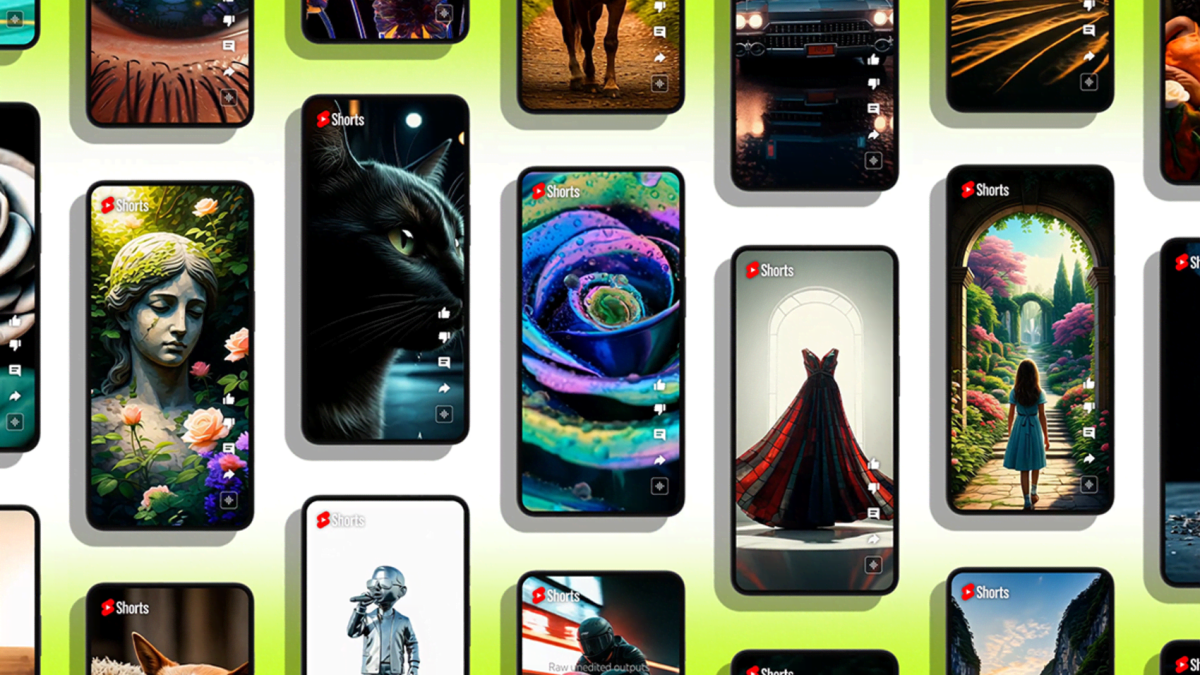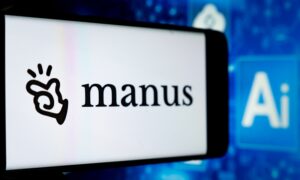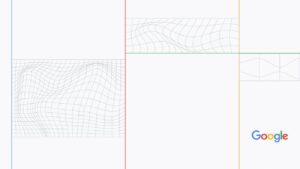YouTube Unveils AI Tools from Google DeepMind for Shorts Creators

YouTube Introduces AI Features for Creators on Shorts
New AI Tools for Creators
On Wednesday, YouTube revealed new artificial intelligence tools specifically designed for creators on its Shorts platform. These features utilize Google’s DeepMind video-generation model and are collectively branded as Veo.
Key Features of Veo
- AI-Generated Backgrounds: Creators can now enhance their videos by adding AI-generated backgrounds, making their content visually appealing without needing extensive editing skills.
- Six-Second Video Clips: Using written prompts, creators can generate standalone video clips that are six seconds long. This feature encourages quick and engaging content creation.
YouTube’s CEO, Neal Mohan, highlighted the intent behind Veo. He expressed that it is designed to empower creators, allowing them to produce more content efficiently and quickly.
“Everything that we showed with AI was meant to really enhance the work that you do, make it faster, more efficient, to bring your creative ideas to life faster,” Mohan mentioned at the Made on YouTube event in New York.
Improvements Over Previous Features
The introduction of Veo marks an improvement over a previously launched feature called Dream Screen. While Dream Screen provided limited options for AI-generated content, Veo aims to expand the creative possibilities for creators even further. The rollout of the Veo AI backgrounds is expected later this year, while the six-second AI clips are anticipated to launch in 2025.
Additional Tools in YouTube Studio
At the same event, YouTube also announced enhancements to the YouTube Studio app, which will allow creators to leverage AI to generate:
- Titles
- Thumbnails
- Video Ideas
These features are set to become available in late 2024.
Creators’ Perspectives on AI Integration
As AI continues to evolve, many creators are exploring how to incorporate generative AI into their workflow. Some have begun using the technology to insert video clips into their projects or even create entirely AI-generated videos. However, there are concerns among creators regarding the use of their original content to train AI models, like those that underpin Veo.
For instance, prominent YouTuber Thomas Simons, known for his comedic content and with over 15 million subscribers, voiced his apprehensions. He expressed uncertainty about the impact of AI on the platform, stating, "I don’t know how I feel about all this AI stuff. It doesn’t fill me with confidence and love."
Addressing Concerns About AI-Generated Content
Despite the excitement surrounding AI features, some creators worry that platforms could become saturated with low-quality, AI-generated content. Concerns are also raised about potential violations of intellectual property rights related to AI outputs.
To address these issues, YouTube has stated that all AI-generated content will come with a watermark and a label to indicate that it was created by AI, ensuring transparency for viewers.
The Creative Economy and AI
The emergence of generative AI tools represents a significant shift in the creator economy. Such technologies provide creators with unprecedented access to powerful tools that were once only available to large companies or studios.
Mohan noted the intersection of technology and creativity, emphasizing that the aim is to enhance human creativity. He stated, “We really sit at the nexus of that technology and creativity. Putting those two things together gives us this unique lens that everything we build is really about enhancing that human creativity.”
As YouTube continues to innovate with these tools, the platform aims to empower creators while navigating the challenges and opportunities presented by AI in digital content creation.






